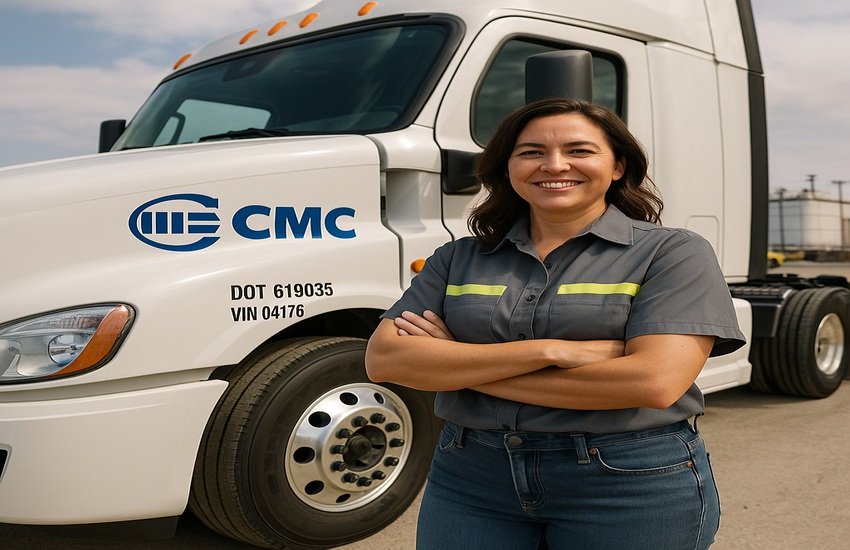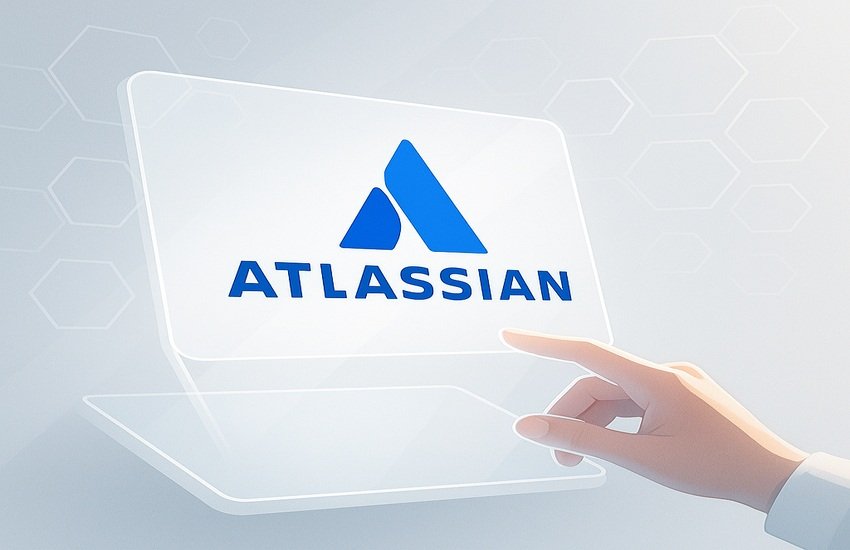Continue Reading With Our 7-Day Free Trial
In a bold move signaling its intent to deepen its footprint in early-stage construction solutions, Commercial Metals Company has announced its plan to acquire Concrete Pipe & Precast (CP&P) for $675 million in cash. This acquisition comes at a pivotal time for CMC, which has been actively executing a strategy focused on higher-margin, lower-volatility segments, and expanding its exposure to infrastructure-heavy regions such as the U.S. South and Mid-Atlantic. CP&P, a supplier of precast concrete products, offers CMC the opportunity to integrate earlier into the construction value chain—a key element of its long-term growth strategy. With CMC’s TAG (Transform, Advance, and Grow) program already targeting over $100 million in annual EBITDA improvements and a commitment to organic and inorganic growth, this acquisition could create new synergies in operational efficiency, customer reach, and product capabilities. However, integrating a highly fragmented business with different margin dynamics is not without risks. Here are four potential synergy drivers from this acquisition that could shape CMC’s future.
Vertical Integration Into Early-Stage Construction
Acquiring Concrete Pipe & Precast allows Commercial Metals to extend its value chain upstream into early-stage construction—a segment it historically had minimal exposure to. CP&P’s precast concrete products are integral to site preparation and foundational infrastructure, enabling CMC to embed itself earlier in construction project lifecycles. This not only improves CMC’s ability to cross-sell but also buffers it against cyclicality in downstream demand. Currently, the top 10 precast suppliers make up less than 25% of the market, with the sector characterized by regional players and limited national reach. CMC’s acquisition of CP&P thus offers the potential to build a scalable platform in a fragmented, margin-rich industry. Moreover, by securing a position at the front end of construction, CMC can better forecast demand cycles and synchronize its downstream steel and fabrication businesses accordingly. This alignment is especially beneficial in a high interest rate environment where project delays are common—by being part of the initial phases, CMC increases its ability to influence project timelines and reduce idle time in its core operations. Over time, this could provide meaningful improvements in cash conversion and reduce revenue volatility. With CP&P’s product suite encompassing water infrastructure, storm drainage, and utility conduits, CMC would also be strategically positioned to capitalize on federal infrastructure spending, particularly in Sunbelt states where infrastructure remains less sensitive to economic shocks and interest rates.
Margin Expansion & Operational Efficiency
The acquisition offers Commercial Metals the opportunity to leverage CP&P’s higher-margin profile to lift overall enterprise profitability. CP&P operates in niche precast solutions that typically generate EBITDA margins above 20%—notably higher than CMC’s consolidated margins, which hovered around 10.1% in Q3 2025. As part of its inorganic growth strategy, CMC has explicitly targeted businesses with EBITDA margins exceeding its current levels and strong free cash flow conversion. According to CMC’s CEO, this deal is consistent with the company’s aim to enter adjacencies that are capital-light yet value-accretive. Operationally, CMC could realize $5 million to $10 million in annual run-rate synergies by year three, mainly through optimization initiatives. These may include consolidated procurement, shared logistics, and process integration enabled by CMC’s ongoing TAG program. Additionally, CP&P’s manufacturing footprint in the Mid-Atlantic and South Atlantic offers regional synergies with CMC’s existing steel mills and downstream fabrication operations, reducing logistics costs and delivery timelines. The ability to co-locate operations or leverage CMC’s scrap recycling infrastructure could also lead to incremental efficiency gains. With metal margin volatility continuing to affect the North American Steel Group’s earnings, diversifying revenue streams through more stable-margin businesses like CP&P’s could also support earnings durability. However, it’s worth noting that while high margins are attractive, integration risks—especially in regional, customer-relationship-heavy industries—could erode some of these benefits if not managed with precision.
Strategic Market Penetration In The Sunbelt & Infrastructure Hotspots
The CP&P acquisition aligns neatly with CMC’s strategy to strengthen its footprint in the U.S. South and Mid-Atlantic, which are witnessing outsized infrastructure and residential investment. CP&P’s strong regional presence complements CMC’s downstream and mill operations, which are already concentrated in Sunbelt states. These geographies are currently benefiting from robust infrastructure activity supported by multi-year federal investments, including funds from the Infrastructure Investment and Jobs Act. As the largest consumer of rebar, the infrastructure segment’s continued growth offers a dependable end market for both CMC’s core steel business and CP&P’s precast offerings. This creates a natural opportunity for cross-selling and bundled solutions, particularly for civil infrastructure projects such as bridges, tunnels, and utility systems. Furthermore, CP&P’s presence in early-stage water and sewer infrastructure construction intersects with the $55 billion earmarked for water infrastructure upgrades in federal packages—an area where steel and precast solutions can be jointly specified. CMC could also gain access to state and municipal procurement contracts previously inaccessible, given CP&P’s established public-sector relationships. This broadens CMC’s revenue mix and deepens its presence in segments that are not only structurally growing but also relatively insulated from consumer-driven volatility. If executed effectively, this regional expansion could also bolster CMC’s pricing power and market intelligence, aiding demand forecasting and product positioning. However, the long lead times and bureaucratic hurdles associated with infrastructure contracts could temper the pace of realization of these synergies.
Portfolio Diversification To Offset Cyclical Volatility
A key rationale behind the CP&P acquisition is portfolio diversification. CMC’s core steelmaking and fabrication businesses are cyclical in nature and exposed to commodity price swings, interest rates, and construction market delays. The addition of a precast concrete business diversifies the product mix, reduces reliance on scrap-metal-driven margins, and introduces more recurring, project-based revenue. CMC has faced volatility in recent quarters, with EBITDA margins declining from 12.3% in the prior year to 10.1% in Q3 2025, primarily due to metal margin compression. Meanwhile, proprietary products within CMC’s Emerging Business Group—such as Geogrid and GalvaBar—have outperformed, supporting the thesis that differentiated, non-commodity offerings can stabilize cash flows. CP&P fits well into this thesis, offering engineered products that are essential yet less exposed to global trade flows. Moreover, the deal complements CMC’s pivot toward a platform model—housing multiple complementary construction solutions under one roof—similar to what it is building through organic initiatives like Arizona 2 and Steel West Virginia. It could also create cross-functional opportunities between CP&P’s precast engineering capabilities and CMC’s performance reinforcing steel products, enabling joint solutions for complex infrastructure and civil projects. Still, diversification is not without its challenges; operational integration, workforce alignment, and cultural differences across product types and markets must be managed. And while higher-margin, less cyclical businesses are desirable, they may also require different capital structures and working capital dynamics, possibly leading to short-term dislocations in CMC’s financial metrics.
Key Takeaways
The proposed acquisition of Concrete Pipe & Precast represents a significant strategic pivot for Commercial Metals Company. On the one hand, it offers a pathway to expand its product offerings, deepen its presence in infrastructure-rich geographies, and reduce earnings volatility through higher-margin, early-stage construction solutions. The potential synergies across procurement, logistics, and customer reach are aligned with CMC’s broader strategic objectives. However, the fragmented nature of the precast industry, integration complexities, and the premium valuation multiples required to enter such segments pose risks. As of September 2025, CMC’s trailing enterprise value to EBITDA multiple stands at 10.39x—up from 5.91x a year ago—indicating that much of its transformation narrative may already be priced in. Similarly, its market cap to free cash flow multiple has surged to 117.33x, with a levered free cash flow yield of just 0.9%, suggesting that any missteps in integration or delays in synergy realization could weigh heavily on investor sentiment. Whether the CP&P acquisition proves accretive in the long term will depend on CMC’s ability to manage these trade-offs while preserving capital discipline and operational focus.





